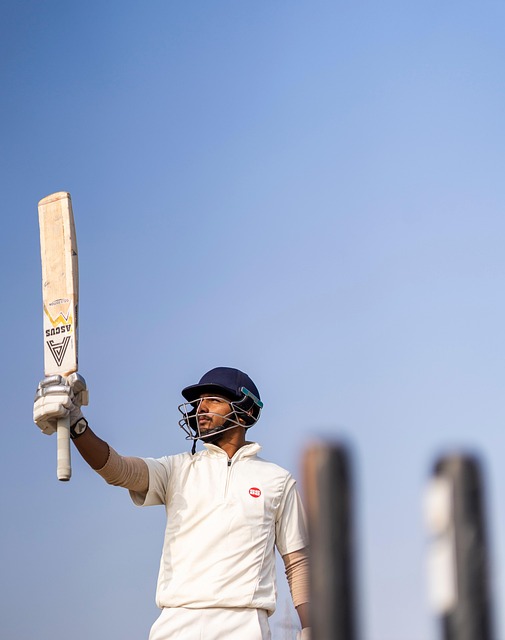Cricket infestations in warm, vegetative areas are driven by food and hiding spots. They cause damage to various aspects of environments, from structures to indoor air quality. Traditional methods prove ineffective against severe infestations due to their lack of ecological focus. Specialized cricket infestation treatment solutions target behaviors and habitats, offering comprehensive strategies combining non-chemical and chemical methods. Preventative measures like inspections, sanitation, and barriers are crucial, along with biological control and early detection systems for effective long-term management via integrated pest management (IPM) techniques.
Cricket infestations can transform a peaceful environment into a constant disturbance. Understanding these issues is crucial for effective cricket infestation treatment. This article delves into the causes, impact, and contrasting traditional versus specialized treatments. We explore detailed specialized solutions, offering a comprehensive approach to mitigate and manage cricket infestations. Additionally, we provide preventive measures and long-term management strategies, empowering folks with knowledge to keep these pesky visitors at bay. For effective cricket infestation treatment, look no further than these insightful tips.
Understanding Cricket Infestations: Causes and Impact
Cricket infestations can be a significant pest control challenge, especially in areas known for warm climates and lush vegetation. Understanding the causes and impact is crucial when considering cricket infestation treatment. These insects are attracted to environments that offer abundant food sources, such as plants and trees, and suitable hiding places, often found in gardens, parks, or even homes with poor ventilation. Once established, they can quickly multiply, causing extensive damage to foliage and structures.
The impact of a severe cricket infestation goes beyond just the destruction of vegetation. Crickets are known for their ability to gnaw on fabrics and materials, leading to damage to clothes, upholstery, and even curtains. Moreover, their presence can negatively affect indoor air quality, as they produce moisture and debris that contribute to musty odors and potential health issues. Effective cricket infestation treatment, therefore, requires a multi-faceted approach that addresses both the environmental conditions that foster their growth and the direct application of specialized solutions tailored to cricket control.
Traditional vs Specialized Cricket Infestation Treatment Methods
In the battle against cricket infestations, traditional methods often fall short when dealing with severe cases. Common treatments like insecticides and traps may offer temporary relief but fail to address the complex ecological factors that attract and sustain large populations of these insects. As a result, specialized cricket infestation treatment solutions have emerged as game-changers in pest management.
These advanced techniques go beyond surface-level fixes, delving into the intricate behaviors and habitats of crickets. Solutions may include habitat modification to reduce moisture levels, which crickets rely on for survival, or using pheromone-based traps that disrupt their communication networks. Other methods involve biological controls like introducing natural predators or parasites specific to cricket species, fostering a more balanced ecosystem. By employing these specialized treatments, professionals can effectively manage and eliminate severe cricket infestations, providing lasting solutions for both residential and commercial properties.
Specialized Solutions: Detailed Approach and Techniques
When dealing with severe cricket infestations, a detailed and multifaceted approach is essential for effective cricket infestation treatment. Specialized solutions involve a combination of non-chemical and chemical methods tailored to specific needs. Initial steps include identifying the type of cricket species and their hiding places, as this guides selection of appropriate control measures. Prevention techniques such as sealing entry points, maintaining proper sanitation, and reducing moisture levels significantly curb reinfestation risks.
For severe cases, professional pest control services employ advanced techniques like heat treatment, which uses targeted heating to kill crickets in their resting stages. Baits and insect growth regulators (IGRs) are also effective; IGRs disrupt the insects’ ability to molt, while baits lure and eliminate them. Regular monitoring and early intervention using traps and pheromone-based detection systems help manage infestations before they escalate. These integrated pest management (IPM) strategies ensure safe, effective cricket infestation treatment tailored for different settings, from residential homes to commercial spaces.
Preventive Measures and Long-term Management Strategies
Preventative measures are key to managing cricket infestations effectively. Regular inspections and maintaining a clean environment can significantly reduce the risk of an outbreak. Proper waste management, particularly in areas with high organic content, is crucial as crickets thrive on decaying matter. Implementing physical barriers like mesh screens and sealing entry points can also prevent crickets from accessing buildings.
Long-term management strategies involve a combination of biological control methods, such as introducing natural predators or parasites, and chemical interventions when necessary. Using insect growth regulators (IGRs) disrupts the cricket’s life cycle while minimizing harm to non-target species. Regular monitoring and early detection systems help in identifying new infestations, allowing for swift action to prevent widespread cricket infestation treatment challenges.
In addressing severe cricket infestations, transitioning from traditional methods to specialized solutions offers a more effective and sustainable approach. By understanding the causes and impact of these infestations, we can implement tailored techniques that target specific species and habitats. Preventive measures and long-term management strategies, including regular inspections, proper waste management, and integrated pest management, further bolster protection against cricket infestation treatment challenges. Adopting these specialized solutions not only minimizes environmental impact but also ensures a more comprehensive and lasting solution for both residential and commercial properties.
